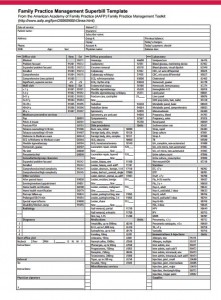Written by Gregory M. Adams, FHFMA
See full article here
According to the group Catalyst for Payment Reform, of the value-based payment models in action, 53 percent of commercial payer VBPs put providers at some financial riskif they fail to contain costs or improve care.
However, on the flip side, many value-based payments still fall into the category of pay-for-performance, which offers providers only potential financial rewards and no risk. I believe that the progression of VBPs will move quickly away from this model into models that will penalize providers for poor quality.
This is already being done by the Medicare program, which is seeing to it that hospitals are slapped with big penalties that experts say are only increasing. A recent study from CipherHealth shows a mounting $1.6 billion in Hospital Consumer Assessment of Healthcare Providers and Systems (HCAHPS) and readmission penalties facing hospitals today. That’s $1.6 billion! The survey calculated that at more than 500 hospitals nationwide, the three-year at-risk amounts were $3,500 per inpatient bed.
Based on a study by the PWC Health Research Institute, the financial impact of these value-based reforms is expected to have a significant impact on low-performing hospitals. For example, a 300-bed hospital with poor quality metrics would be penalized approximately $1.3 million a year, beginning in 2015, under Centers for Medicare & Medicaid Services (CMS) value-based reforms. And this doesn’t consider the impact of reduced payments from commercial payers. In this example, if we assume that another 30 percent of the hospital’s revenue is commercial, using the same penalty relationship, the hospital would lose over $2 million a year.
Now, let’s put that number into perspective – while profitability for hospitals increased overall in 2012, there was a wide disparity in hospital performance, with over 30 percent of hospitals running at a loss. For those hospitals, even a small decrease in payments will strain resources. So, how does a hospital fix any quality issues through changes in operational practices, which will cost money, while receiving less in payments? It will not be easy, and keep in mind that any quality comparisons, at least at the federal level, are a moving target. Under the current CMS formula, not only do providers need to improve their scores, they need to improve at a faster rate than other hospitals nationally to benefit.
Now how does VBP relate to ICD-10? Well, the accuracy and completeness of coding drives many of the quality and severity-of-illness indicators that in turn determine value-based payments or penalties. And with the increased complexity of coding under ICD-10, the potential for inaccurate coding increases exponentially. On top of that is the uncertainty of how both CMS and commercial payers will change their measurement criteria for quality and value with the increased specificity of the ICD-10 codes. With all of these unknowns, one thing is clear – clinical documentation is, or should be, a top priority for every provider. The accuracy and preciseness of the coding of a patient’s record ultimately will affect VBP payments and whether reimbursement decreases, increases, or stays the same during the ICD-10 transition. Millions of dollars are hinging on your clinicians and coders, so here are two tactics to help you tackle these transitions.
